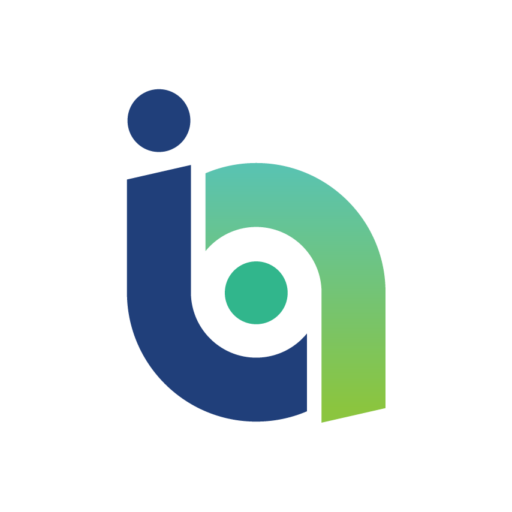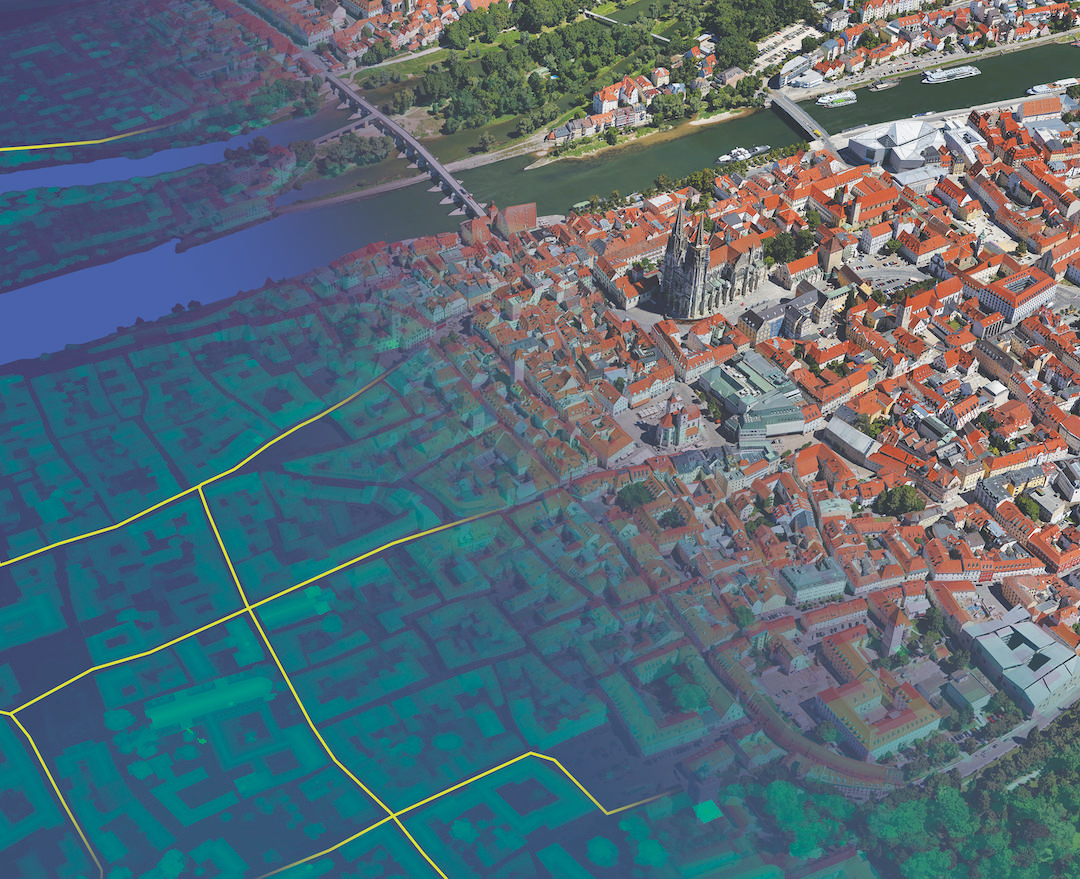Technologies that enable new service models for digital government must be at the top of the list for government organisations as they prioritise technology investments, according to Gartner.
The analyst firm has identified the ten most important technology trends for government in 2015 in order to help CIOs and IT leaders assess critical strategic technologies and plan their enterprises’ or agencies’ IT roadmaps.
Spending by national, federal and local governments worldwide on technology products and services is forecast to decline 1.8% from $439 billion to $431 billion in 2015, growing to $475.5 billion by 2019.
>See also: Gartner’s Internet of Things predictions
Gartner research director Rick Howard said organisational culture, legacy IT systems and business processes, stretched IT budgets, and the lack of critical IT skills are among the inhibitors for government CIOs when evaluating and selecting new technology or sourcing options.
“These strategic technology trends have substantial disruptive potential that is just beginning to materialise and will reach an inflection point within the next three to five years,” said Howard. “Public sector CIOs can capitalise on the value of these trends by first determining how they will impact government programme operations or service delivery models, and then by building the organisational capabilities and capacity needed to support them.”
]
1. Digital workplace
The government workforce of the future will be populated with digitally literate employees, from frontline workers to top-level executives. The digital workplace is open, flat and democratic. It is the organisational manifestation of open government. CIOs and IT leaders must take a leadership role in building a more social, mobile, accessible and information-driven work environment.
2. Multichannel citizen engagement
Government jurisdictions with multiple channels (municipal offices, physical mail correspondence, contact centres, e-government websites and mobile apps) are struggling to provide their citizens with one coherent view of the organisation.
A multichannel strategy, in the context of digital government, means more than delivering a seamless experience to stakeholders. It also is about delivering interactions that are connected, consistent, convenient, collaborative, customised, clear and transparent.
To produce those outcomes, policymakers and CIOs must radically redesign service models by combining traditional marketing tools (such as focus groups, user experience labs, surveys and stakeholder analysis) with new approaches (such as citizen co-creation initiatives, agile development and design thinking).
3. Open any data
The number and variety of public-facing open datasets and web APIs published by all tiers of governments worldwide continue to increase. Gartner’s view is that government open data is here to stay, but it will take a decade or more before its maximum utility is realised.
The rapid growth of open datasets among early mover organisations and flat or declining budgets create sustainability challenges to government open data programmes. Open data is not free.
For most government agencies, open data programmes are an unfunded or underfunded cost centre. The ‘value’ of open data must become tangible to government in terms of how its availability can quantifiably contribute to operational efficiency or effectiveness, let alone how it supports economic development, national productivity or commercial ventures.
Gartner predicts that by 2018, more than 30% of digital government projects will treat any data as open data.
4. Citizen e-ID
Citizen electronic identification (e-ID) refers to an orchestrated set of processes and technologies managed by governments to provide a trusted domain for how public services will be accessed by citizens on any device or through any online channel (web, mobile devices or applications) — and, in some cases, using smart card readers attached to PCs or kiosks.
It has been a long-standing yet elusive goal of many government planners to provide citizens with integrated and seamless access to all government services.
>See also: Gartner reveals bleak outlook for Hadoop
To be successful, citizen e-ID programmes require a trusted relationship between government and commercial vendors, with a focus on business value, interoperability and user experience.
Regardless of whether a government agency serves as the primary citizen e-ID identity broker or contracts with a commercial identity and access management as a service (IDaaS) provider, CIOs must ensure that personal privacy and data confidentiality requirements are met.
5. Edge analytics
Analytics is rapidly evolving from a separate and distinct business function into a fluid aspect of system operations and user experiences. The capabilities of edge analytics are particularly relevant as government CIOs and agency programme leaders design new mobile services that are augmented by situational context and real-time interactions.
Edge analytics possess three distinct characteristics. Primarily, they are advanced — they apply predictive and prescriptive algorithms and cognitive computing to make real-time assessments about what will happen or what should happen.
Second, edge analytics are pervasive. They are embedded into business processes and applications to deliver responsive and agile organisational performance.
Finally, edge analytics are invisible. They operate continuously in the background, tracking user activity, processing sensor and environmental data, dynamically adjusting workflows to enhance the user experience, or managing activities during events as they unfold.
6. Scalable interoperability
Government agencies are starting to increasingly rely on data exchange with external partners in order to optimise their service delivery networks and business functions, such as cross-boundary collaboration and service coordination, monitoring and outcome reporting.
Scalable interoperability offers government CIOs, enterprise architects and business process analysts an incremental, ‘just enough’ approach to architecture and standards to deliver ‘soon enough’ value.
By narrowing the scope of interoperability initiatives, a motivated community of interest — that is, stakeholders who receive tangible benefits from improved data exchange — can agree to use application-neutral and source-neutral extensible identifiers, formats and protocols to achieve mutual goals.
7. Digital government platforms
In digital business, citizens should no longer have to navigate among various agencies and programmes through vertical, first-generation e-government web portals in order to locate the services they seek.
A digital government platform incorporates service-oriented architecture design patterns for the provision and use of enterprise services across multiple domains, systems and processes.
Vendor offerings are still at an early stage, and they focus primarily on supporting smart cities. Examples include IBM Smarter Cities, Microsoft CityNext, Cisco Smart+Connected Communities, SAP Urban Matters, Oracle’s Solutions for Smart Cities and Capgemini’s Global Cities.
Despite their focus on operational technologies and the Internet of Things (IoT), these platforms address many of the issues pertaining to the data exchange and event triggering that are typical of digital government.
8. Internet of Things
The IoT is the network of physical objects (fixed or mobile) that contains embedded technology to communicate, monitor, sense or interact with multiple environments.
For government, the IoT enables the digital transformation of service strategies. Government agencies can expect IoT-driven changes in several different areas, including environmental or public infrastructure monitoring, emergency response, supply chain inspection, asset and fleet management, and traffic safety.
Government CIOs will need to approach the IoT strategically to evaluate how a growing base of intelligent objects and equipment can be combined with traditional internet and IT systems to support breakthrough innovations in operational performance or public service delivery.
9. Web-scale IT
Web-scale IT is a system-oriented architectural pattern of global-class computing that delivers the capabilities of large cloud service providers within an enterprise IT organisation. Web-scale IT enables the rapid and scalable development and delivery of web-based IT services that leverage agile, lean and continuous delivery principles.
For government, the shift to web-scale IT is a long-term trend with significant IT process, cultural and technology implications. Organisations adopting a web-scale IT philosophy will largely eschew the acquisition of expensive, scalable computing, storage and networking resources in favour of lower-cost, open-source-derived hardware that bypasses the traditional infrastructure ‘middlemen’. Consequently, traditional IT suppliers and delivery modes will become less relevant to government IT.
>See also: Gartner’s business intelligence predictions
10. Hybrid cloud (and IT)
Hybrid IT offers government CIOs a new operating model that supports their IT departments’ ability to combine and manage on-premises infrastructure or internal private cloud with external cloud-based environments (community, public or hybrid) simultaneously. Hybrid IT is how IT departments are organised to secure, deliver, manage and govern these environments.
In government, where consolidation is high on many agendas, a hybrid IT model requires very different competencies to support various public cloud deployments.
Government CIOs will need to reposition IT organisations from being full-service providers of IT services to being their agencies’ preferred brokers and managers of services offered predominantly through the cloud.







